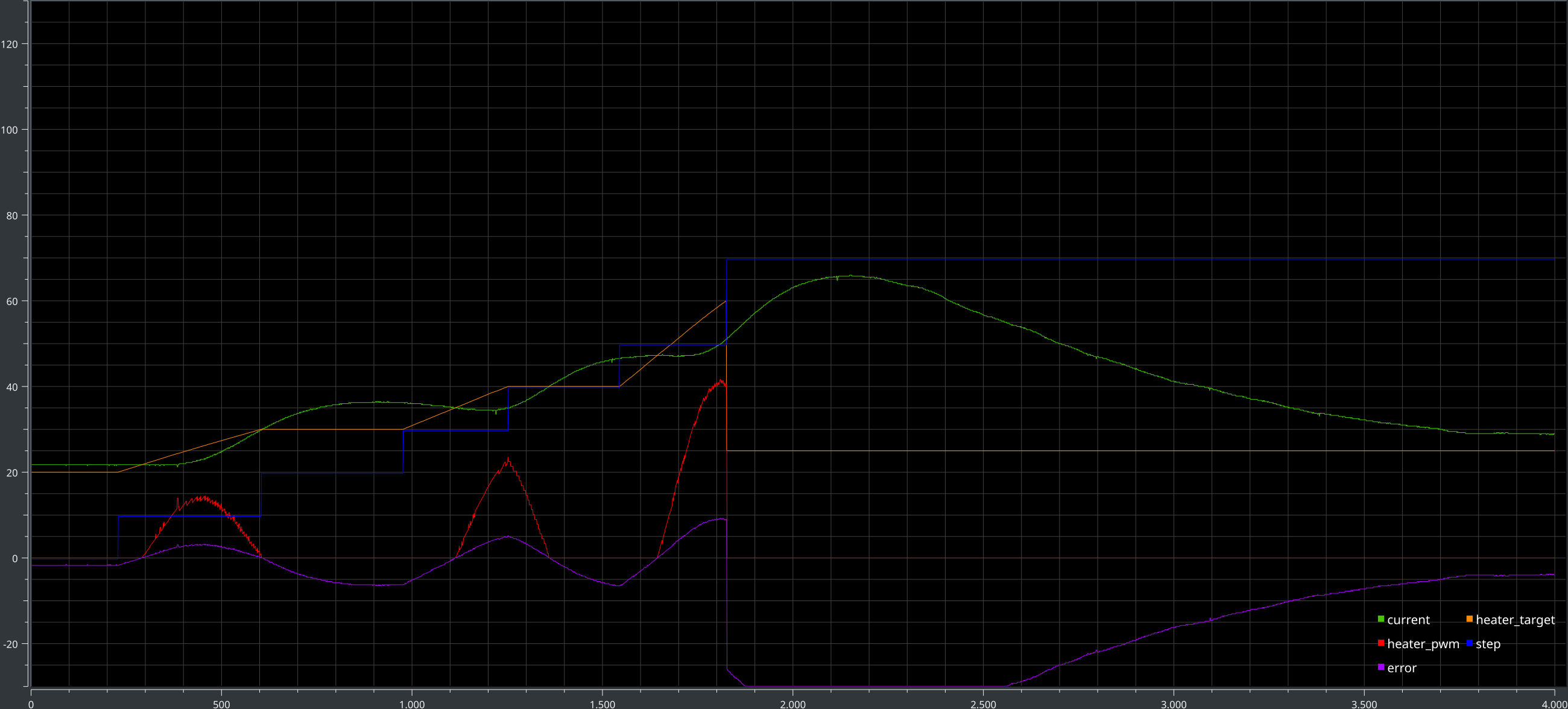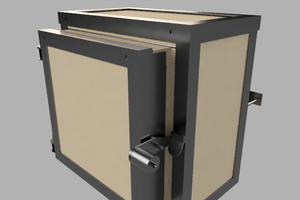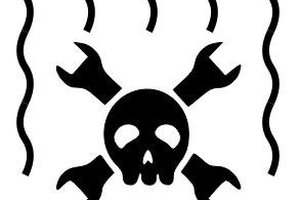current status: basics working :-)
Build a Hot-Plate / Heating-Element based reflow tool for SMD PCB soldering.
Hardware
ToDo: description of used Hardware
for now have a look at the used parts.
Software
ToDo: describe how the software works
Tools
Installation
- update CircuitPython to at least v7.0.0
- copy all the needed files to your CircuitPython drive.
- create profile that fits your needs and copy to drive.
Usage
- power up controller
- power up psu for heating
- connect serial terminal (GTKTerm)
- connect and setup plotting tool (SerialPlot)
- in the serial terminal you have a basic menu with some options..
- tune your PID for your setup
- select profile to use with *pn* or the hardware *Select* button
- click on the hw *start* button
- in the serial terminal the profile configuration is shown
- start reflow cycle with a click on hw *start* button
- wait...
- if finished the plot should stop automatically (no data is send)
- save plot
- click on *start* to confirm and get back to standby state
Open Points
- add housing
- i would like to have class at the top for a good view what is happening inside..
- metal frame for heating-elements
- quite 5V fan with PWM control for cooling
- add second temperature sensor
- spring thing to hold board down
- way to fix sensor position on board
- more heating elements for bigger working area
- switchable configuration for long or more square pcbs?!
- bigger power supply ?! (~750W)
- fix short heating powerup on microcontroller reset
 Stefan Krüger
Stefan Krüger














 Involute
Involute


 Christoph
Christoph